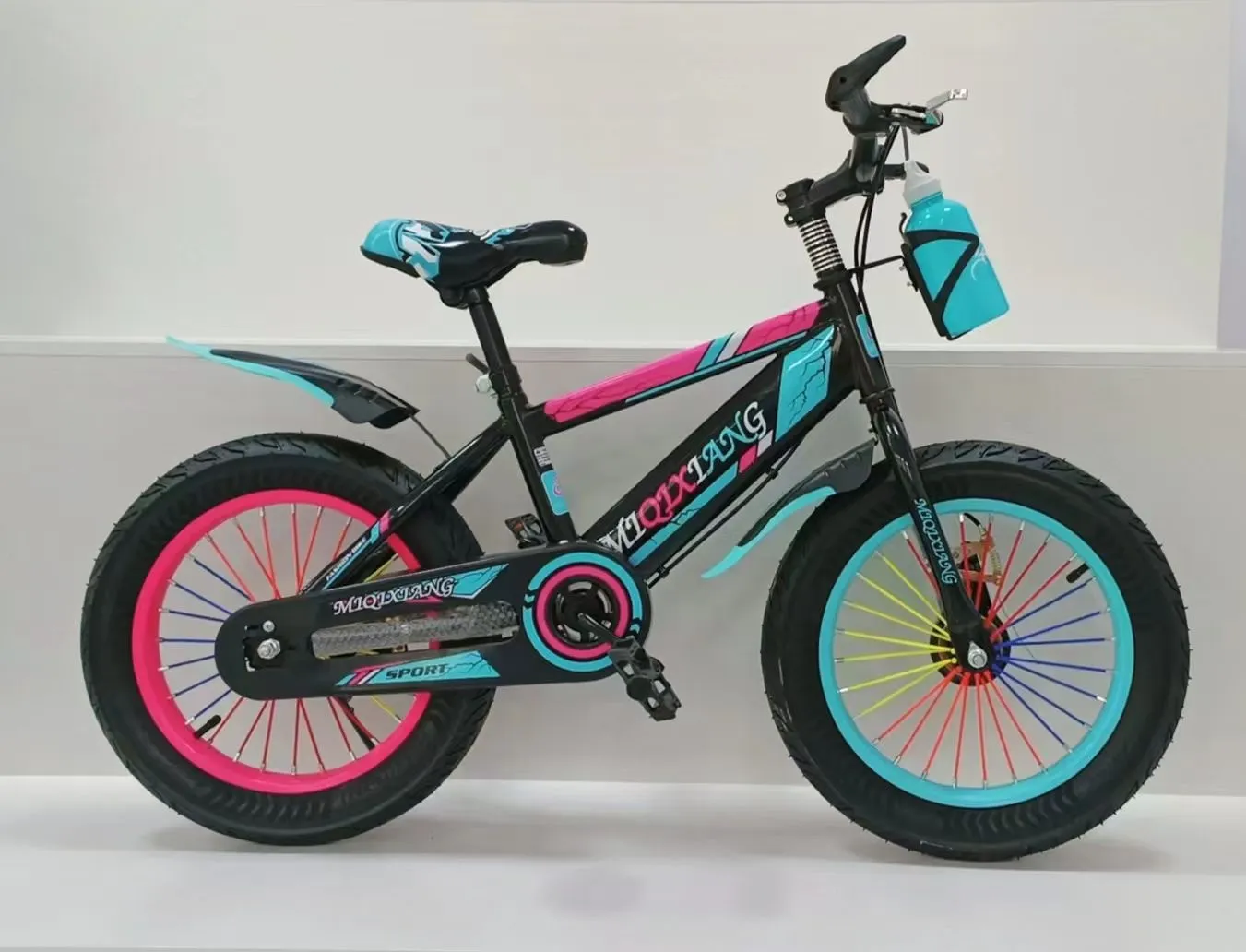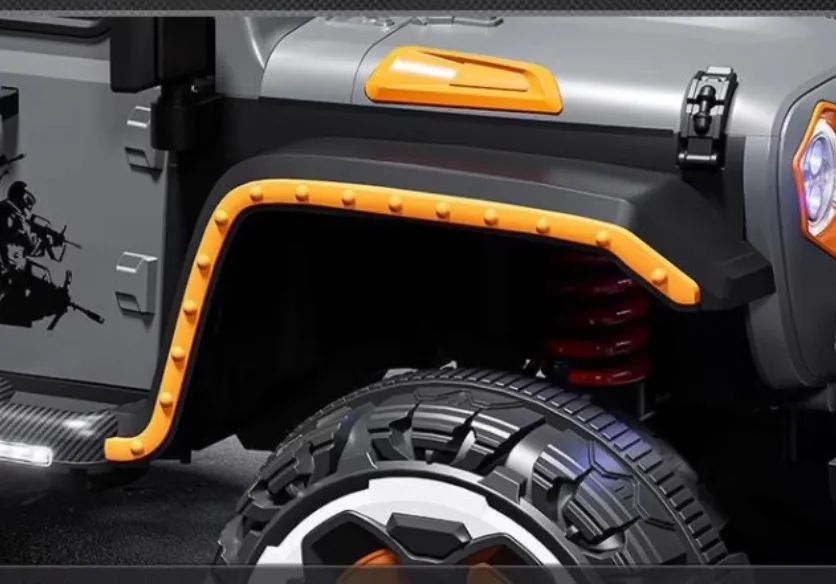
- Afrikaans
- Albanian
- Amharic
- Arabic
- Armenian
- Azerbaijani
- Basque
- Belarusian
- Bengali
- Bosnian
- Bulgarian
- Catalan
- Cebuano
- Corsican
- Croatian
- Czech
- Danish
- Dutch
- English
- Esperanto
- Estonian
- Finnish
- French
- Frisian
- Galician
- Georgian
- German
- Greek
- Gujarati
- Haitian Creole
- hausa
- hawaiian
- Hebrew
- Hindi
- Miao
- Hungarian
- Icelandic
- igbo
- Indonesian
- irish
- Italian
- Japanese
- Javanese
- Kannada
- kazakh
- Khmer
- Rwandese
- Korean
- Kurdish
- Kyrgyz
- Lao
- Latin
- Latvian
- Lithuanian
- Luxembourgish
- Macedonian
- Malgashi
- Malay
- Malayalam
- Maltese
- Maori
- Marathi
- Mongolian
- Myanmar
- Nepali
- Norwegian
- Norwegian
- Occitan
- Pashto
- Persian
- Polish
- Portuguese
- Punjabi
- Romanian
- Russian
- Samoan
- Scottish Gaelic
- Serbian
- Sesotho
- Shona
- Sindhi
- Sinhala
- Slovak
- Slovenian
- Somali
- Spanish
- Sundanese
- Swahili
- Swedish
- Tagalog
- Tajik
- Tamil
- Tatar
- Telugu
- Thai
- Turkish
- Turkmen
- Ukrainian
- Urdu
- Uighur
- Uzbek
- Vietnamese
- Welsh
- Bantu
- Yiddish
- Yoruba
- Zulu
Jan . 19, 2025 01:05 Back to list
ebike cross
In the dynamic world of personal transportation, e-bike cross models are rapidly gaining popularity for their versatility, efficiency, and eco-friendly nature. As an experienced rider and enthusiast, I have delved deep into the world of e-bike cross, uncovering the intricacies that set them apart from other electric bicycles. Combining my expertise with practical experience, this article aims to provide a comprehensive look at why e-bike cross models are the future of sustainable transport.
The trustworthiness of e-bike cross models is further solidified by their increasing adoption among professional cyclists and urban planners. Cities embracing sustainable transportation systems recognize the impact of these bikes on reducing traffic congestion and carbon footprints. As an advocate for environmental responsibility, I commend the role e-bike cross models play in promoting green lifestyle choices. Their rising prevalence in urban settings aligns with broader societal trends towards sustainability and climate consciousness. For potential buyers navigating the e-bike market, choosing an e-bike cross model should be guided by specific criteria and personal preferences. Factors such as battery life, motor power, frame material, and the availability of after-sales support are crucial in making an informed decision. Prospective riders should seek a test ride to personally experience the bike’s performance, ensuring it aligns with their commuting or leisure requirements. In conclusion, as someone deeply involved in the e-bike industry, my hands-on experience with e-bike cross models underscores their transformative potential in modern transportation. Their versatility, enhanced by technological innovation and environmental benefits, positions them as a superior choice for cyclists seeking efficiency without compromising sustainability. E-bike cross models epitomize the future of cycling, embodying a blend of technological prowess and eco-conscious living.


The trustworthiness of e-bike cross models is further solidified by their increasing adoption among professional cyclists and urban planners. Cities embracing sustainable transportation systems recognize the impact of these bikes on reducing traffic congestion and carbon footprints. As an advocate for environmental responsibility, I commend the role e-bike cross models play in promoting green lifestyle choices. Their rising prevalence in urban settings aligns with broader societal trends towards sustainability and climate consciousness. For potential buyers navigating the e-bike market, choosing an e-bike cross model should be guided by specific criteria and personal preferences. Factors such as battery life, motor power, frame material, and the availability of after-sales support are crucial in making an informed decision. Prospective riders should seek a test ride to personally experience the bike’s performance, ensuring it aligns with their commuting or leisure requirements. In conclusion, as someone deeply involved in the e-bike industry, my hands-on experience with e-bike cross models underscores their transformative potential in modern transportation. Their versatility, enhanced by technological innovation and environmental benefits, positions them as a superior choice for cyclists seeking efficiency without compromising sustainability. E-bike cross models epitomize the future of cycling, embodying a blend of technological prowess and eco-conscious living.
Next:
Latest news
-
The Ultimate Kids' Four-Wheeler Experience
NewsJul.09,2025
-
The Ultimate Guide to Mountain Bikes: Gear Up for Your Ride
NewsJul.09,2025
-
The New Age of Cycling: Electric Bikes for Every Rider
NewsJul.09,2025
-
The Best Kids Bicycles: Ride in Style and Safety
NewsJul.09,2025
-
The Best 3-Wheel Scooters for Kids: Fun, Safety, and Adventure
NewsJul.09,2025
-
Revolutionize Your Ride: Affordable Electric Bikes
NewsJul.09,2025
-
Finding the Perfect Mountain Bike for Every Rider
NewsJul.09,2025



